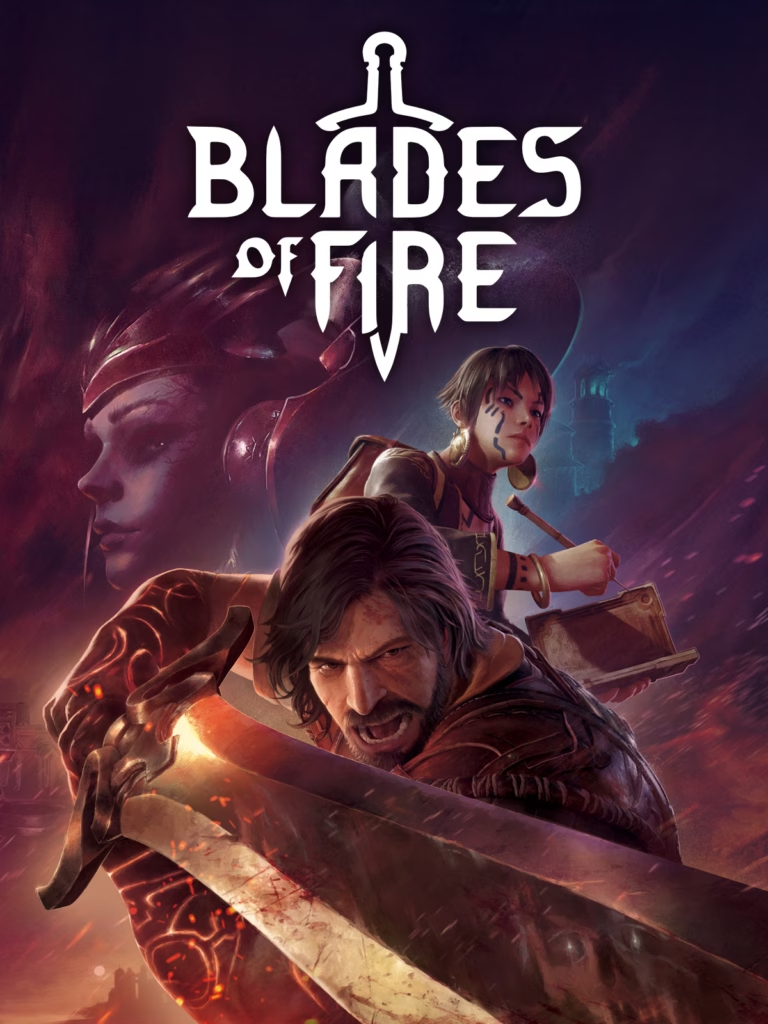
Blades of Fire, developed by MercurySteam, presents itself as an ambitious action-adventure game. Known for their previous successes with games like Castlevania: Lords of Shadow and Metroid Dread, the studio aims to deliver another thrilling experience with Blades of Fire. However, while the game boasts a richly developed mythology and an intriguing premise, its execution leaves much to be desired due to several design choices that hamper the overall experience.
At its core, Blades of Fire tells the story of Aran de Lira, a solitary blacksmith on a mission to stop the chaotic reign of Queen Nerea. The narrative thrives on a richly woven mythology involving forgers and thaumaturges, which is further enriched by the presence of Adso, a young scholar who serves as Aran’s companion. Their dynamics offer depth to the lore, documenting their discoveries with beautifully illustrated chronicles. Despite this, the game’s overshadowing issues prevent the story from reaching its full potential.
Central to the gameplay is the forging mechanic, which, while conceptually intriguing, struggles in its implementation. Players can craft a wide variety of weapons by carefully selecting materials and designs. However, the actual process of forging is inconsistent and lacks intuitive guidance. This confusion detracts from what could have been a satisfying core mechanic. The lack of clear instructions or an effective tutorial further exacerbates this issue, leaving players to decipher the system through trial and error.
Blades of Fire’s combat is a double-edged sword. On the one hand, the variety of attacks and the emphasis on strategic targeting add a layer of depth to each encounter. On the other, clunky mechanics, such as an unreliable parry system and an imbalance in enemy interactions, frequently frustrate the player. The necessity to rely on specific weapons and tactics due to these flaws can make combat repetitive and tiresome over time.
The game’s exploration aspect also suffers due to convoluted progression and a cumbersome map system. Players often find themselves disoriented due to lack of clear directions and a map that fails to adequately convey environmental levels. This results in unnecessary backtracking and a sluggish game pace, detracting from the joy of discovery that is crucial to action-adventure experiences.
Blades of Fire stands as a testament to ambitious game design hindered by its execution. While the world-building and narrative promise a compelling journey, the practical aspects of gameplay, including forging, combat, and progression, falter under complex systems that lack clarity and user-friendliness. MercurySteam has attempted to blend various elements into a cohesive whole, but the final product struggles to deliver a consistently engaging experience.
Despite its imperfections, Blades of Fire offers glimpses of creativity and originality. However, its inability to streamline its ambitious concepts into polished gameplay prevents it from achieving greatness. The game ultimately serves as a reminder of the thin line between innovation and complexity, demonstrating how easily one can outweigh the other.
In conclusion, Blades of Fire is a game that holds significant promise, faltering in its attempt to weave together its myriad ideas. For fans of lore-rich adventures willing to navigate its mechanics, it may still offer rewarding moments—just be prepared for a landscape fraught with uneven terrain.

Gameplaykeys is a Games Activation Keys online store that wants to be also a point of reference for all enthusiastic Gamers and Geeks.
Welcome in our community! GameplayKeys designed by Gamers for Gamers.
Customer Service